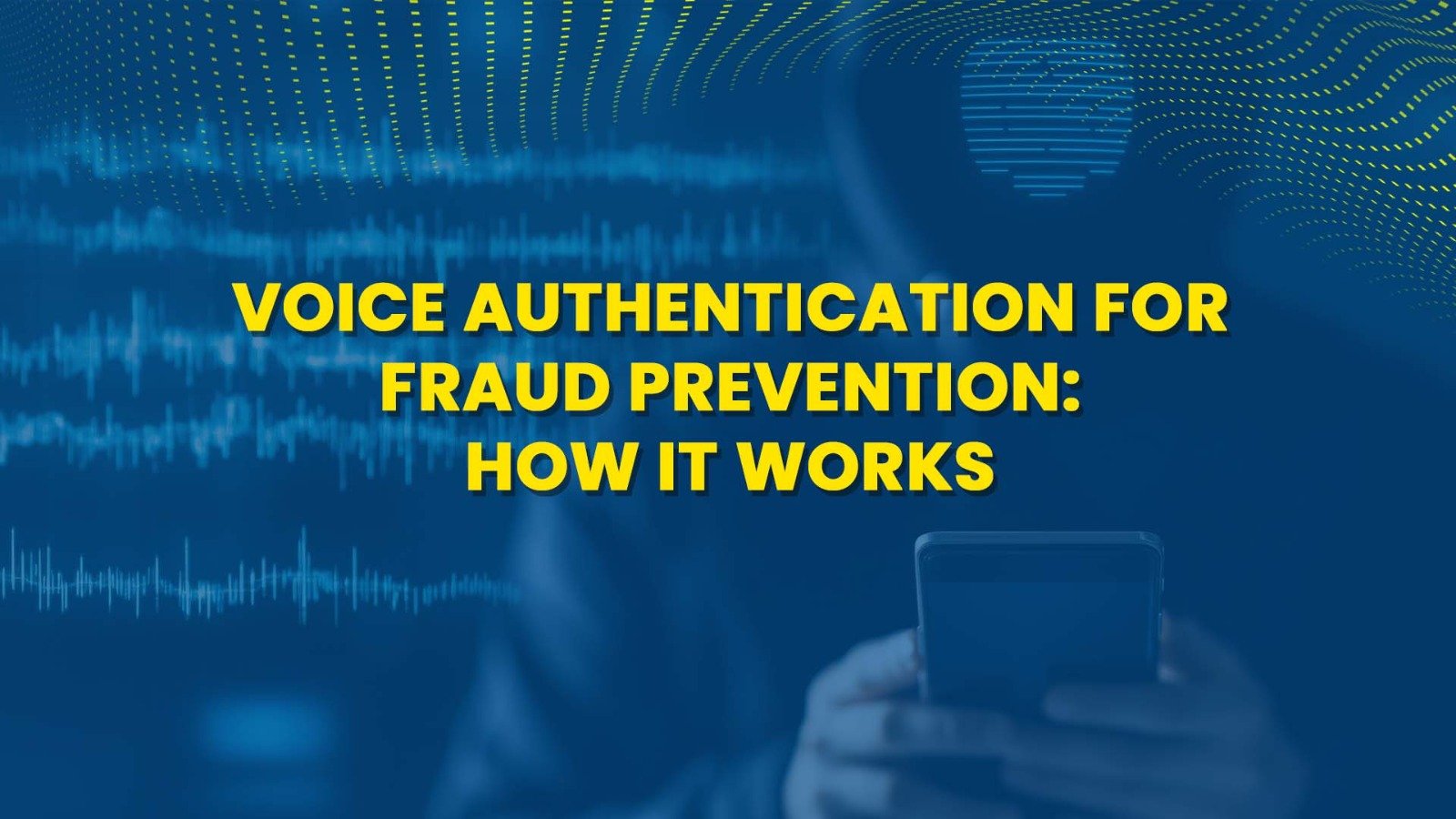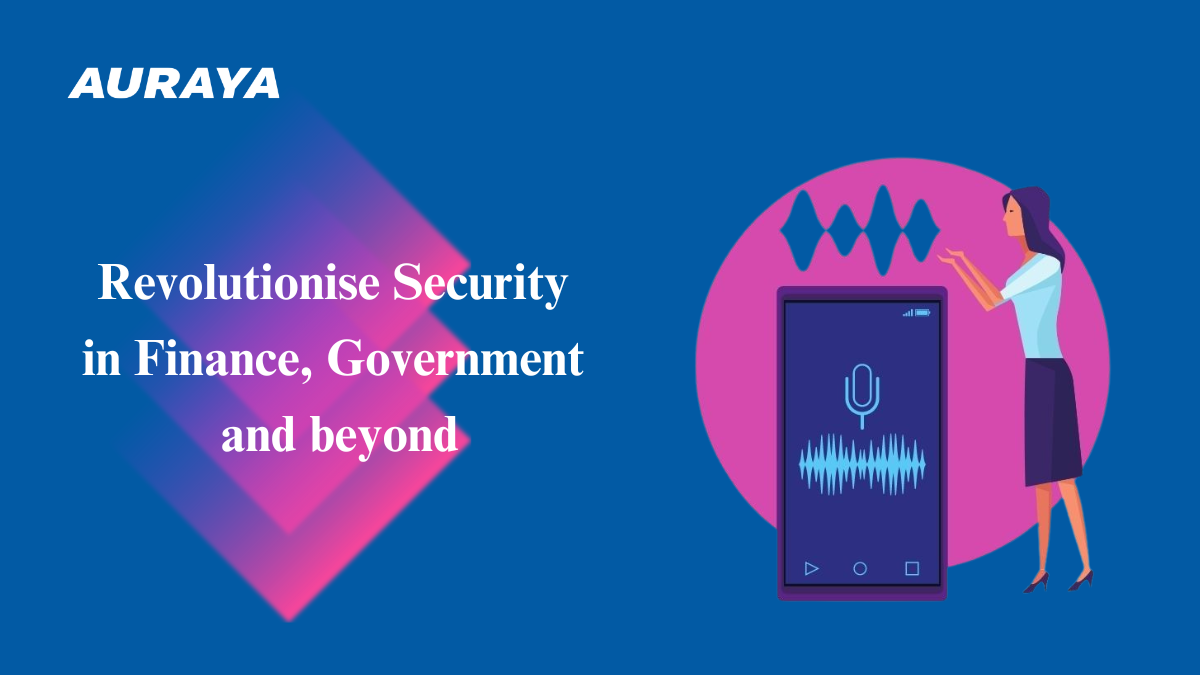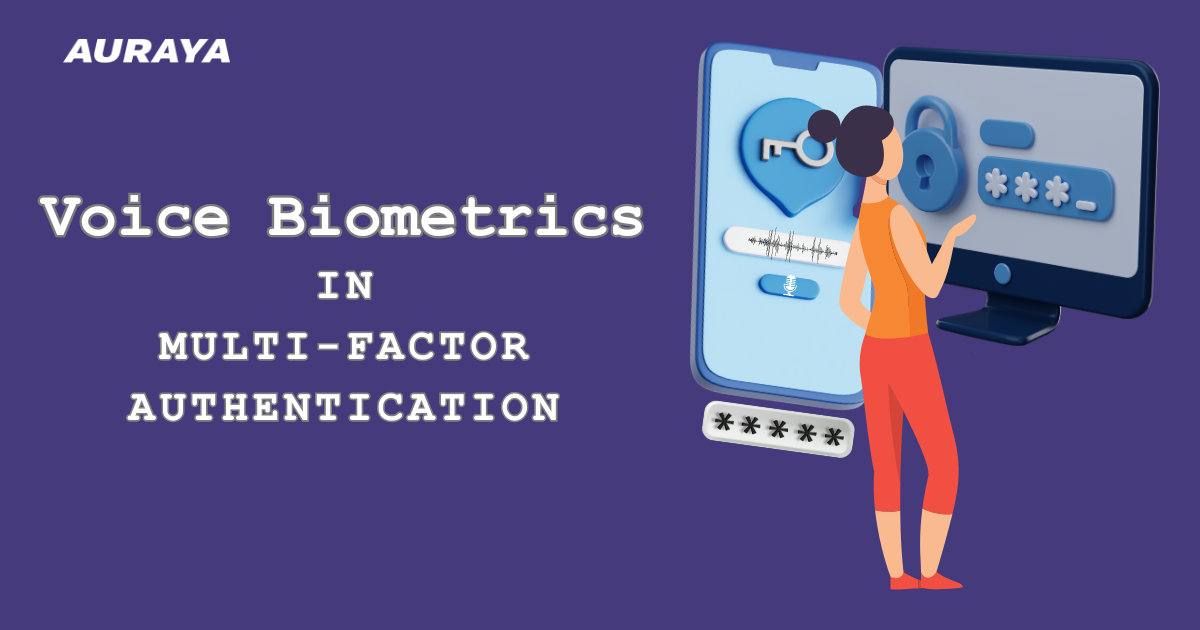The Pressures of Cybersecurity
In a Fortune interview with Vincent Letteri, managing director of KKR’s private equity platform, Letteri states that there has been a “big shift in assets and in value from physical assets to digital assets, and the things that generally protect those digital assets today are passwords and networks and other types of things”.
To protect these digital assets, more cybersecurity laws and regulation are being implemented as the prevalence of online digital fraud continues to grow. Here in Australia, if re-elected, the Coalition government proposes to spend AUD$156 million to strengthen Australia’s cybersecurity defenses and improve response times to online attacks. Australia’s Prime Minister, Scott Morrison, acknowledges the increase in cyber-attacks and supports the need for better cyber capabilities. A bulk of the funding breaks down to three main areas: A Cyber Security National Workforce Growth program (AUD$50 million), a Countering Foreign Cyber Criminals capability (AUD$40 million) and funding for the Australian Cyber Security Center (AUD$26 million).
Of course, this focus theme on cybersecurity is being seen globally. According to Gartner, USD$124 billion will be spent globally on information security products and services this year to protect sensitive digital data and information.
“On the cybersecurity side, you hear these phrases… like data is the new oil”
The pressures of online fraud have also affected global security leaders who face stress amidst the ever-growing digital security issues. An intriguing research survey conducted by Symantec, in collaboration with Dr Chris Brauer of the University of London, highlights the pressures of stricter cybersecurity laws and regulations on cybersecurity leaders. The survey participants were 3,045 cybersecurity decision-makers across the United Kingdom, France and Germany.
68% felt that they are paralysed by the volume of threat alerts. New threats are constantly being found and these decision makers are unable to make significant progress in covering all online threats. With the level of disparity growing, 33% agree that this immense volume of threat alerts are causing a huge problem in maintaining the safety of businesses.
To tackle these growing numbers, regulations such as GDPR and NIS Directive are constantly evolving and updating, impacting 86% of security decision-makers with increased stress at work. Unfortunately, 67% have admitted to leaving the office at the end of the day with threat alerts still left unattended. With the rate of technological advance outpacing human intervention, there is only so much these cybersecurity decision-makers can do. With this said, an alarming 41% believe that a breach is bound to happen and that 32% are currently vulnerable to avoidable cybersecurity threats.
As more investment is put into cybersecurity, technology security companies continue to innovate and implement solutions to help ease the problem of online threats. Auraya specializes in providing next-generation voice biometric technologies. ArmorVox™ our Voice Biometric Engine allows users to enroll, verify and authenticate using their voice on any device with a microphone.
Using voice in a multi-factor authentication setting provides a critical ‘step up’ to security and a unique digital signature that can confirm access and/or transactions. Additionally, with hot lists and impostor mapping technology, potential online fraud attempts such as unauthorized access to confidential information can be alerted and flagged. Therefore, focusing on preventative measures such as ArmorVox™ is pertinent in tackling online fraud.

















